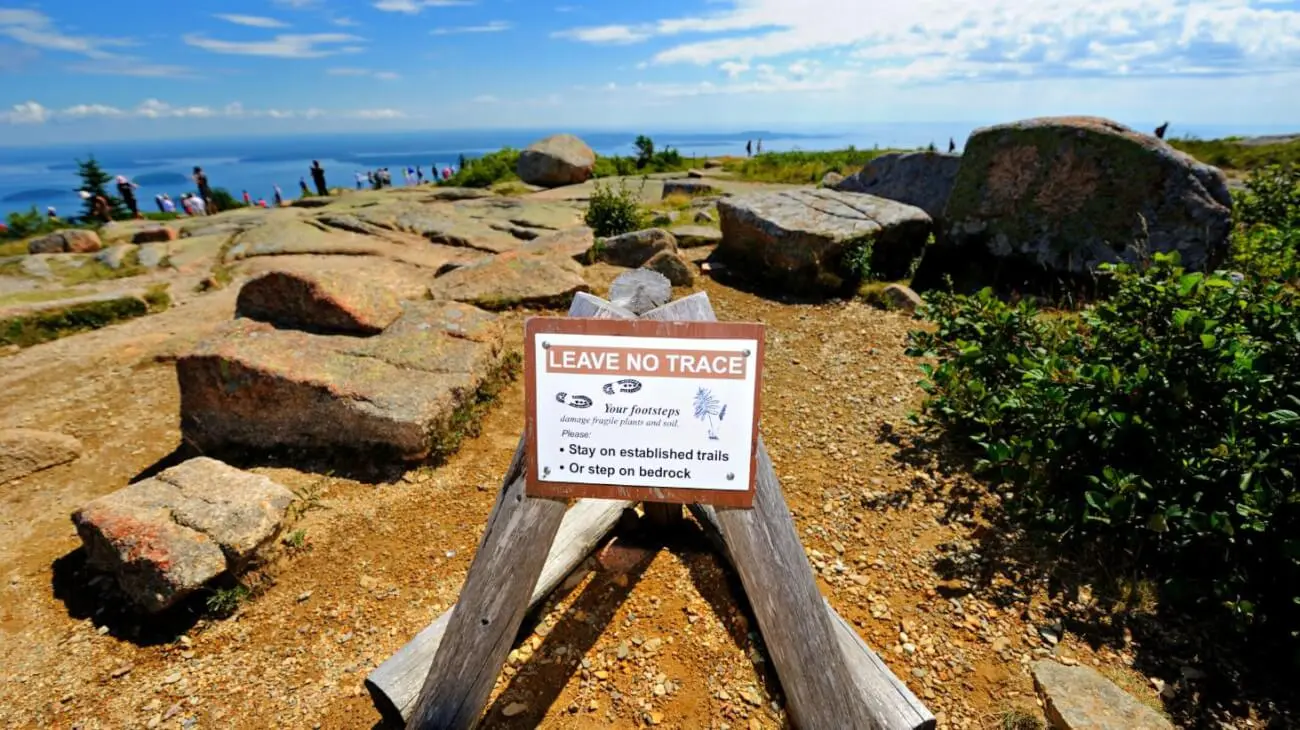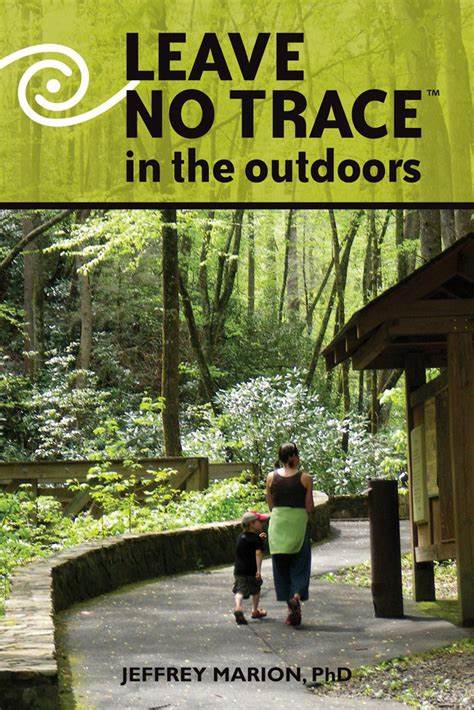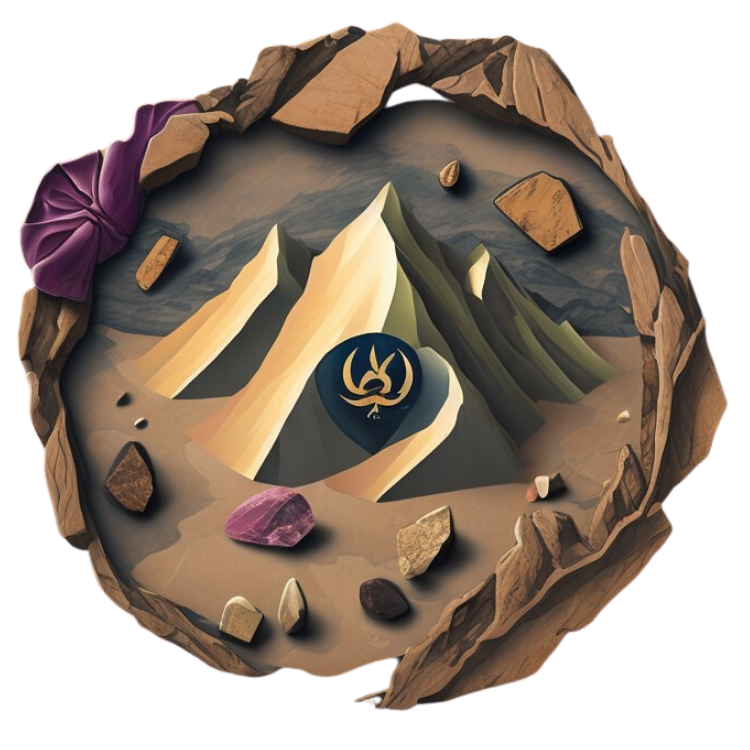The Fascinating History of Rockhounding: Discoveries and Locations
Every rock, mineral, and fossil tells a story of Earth's history. As rockhounds, we have the privilege of exploring these natural wonders, but it's our responsibility to ensure these stories continue to be told for generations to come. That's why practicing Leave No Trace principles while rockhounding is essential.

Leave No Trace is a set of ethics and guidelines for responsibly enjoying the outdoors, and minimizing our environmental impact. By following these principles, we can protect sensitive ecosystems, preserve geological treasures, and ensure that future rockhounds can experience the same thrill of discovery.
The Leave No Trace Principles
Plan and Prepare Ahead
Before you embark on your rockhounding adventure, take the time to research the area you plan to visit. Check for any regulations, permits, or restrictions on collecting. Familiarize yourself with the terrain, potential hazards, and weather conditions.Pack essential gear, includinga map, compass, first-aid kit, appropriate tools, and plenty of water.
Remember, a well-prepared rockhound is a responsible rockhound. By planning, you'll minimize your impact and ensure a safe and enjoyable experience.
Travel and Camp on Durable Surfaces
When exploring rockhounding sites, stick to established trails and roads whenever possible. Avoid trampling vegetation or disturbing fragile soils. If you need to venture off-trail, choose durable surfaces like rock, gravel, or sand to minimize your footprint.
If you're camping overnight, opt for designated campsites or areas with minimal impact potential. Avoid setting up camp near water sources or sensitive habitats.
Dispose of Waste Properly
Pack it in, pack it out. This mantra applies to all types of waste, including food scraps, wrappers, toilet paper, and even biodegradable items like apple cores or banana peels. These items can take a surprisingly long time to decompose and can attract unwanted wildlife.
If you need to relieve yourself in the wilderness, follow Leave No Trace guidelines for proper disposal of human waste. Never bury toilet paper or hygiene products, as they can contaminate soil and water sources.
Leave What You Find
Resist the urge to collect every interesting rock or mineral you encounter. Take only what you need for personal use or study, and leave the rest for others to enjoy. Avoid collecting rare or fragile specimens, as they are often more valuable in their natural setting.
Be mindful of protected areas or sites of cultural or historical significance. Collecting may be prohibited in these areas, so always check regulations before removing any specimens.
Minimize Campfire Impacts
If you plan to have a campfire, use established fire rings or stoves whenever possible. Keep fires small and manageable, and never leave them unattended. Use only dead and downed wood for fuel, and avoid burning trash or other materials that can release harmful pollutants.
Before leaving your campsite, ensure your fire is completely extinguished. Scatter the cool ashes and debris, and restore the area to its natural state.
Respect Wildlife
Observe animals from a distance and avoid disturbing their natural behavior. Never feed wildlife, as it can disrupt their feeding patterns and lead to habituation.
Store food and scented items securely in bear-resistant containers or hang them from a tree. This will prevent attracting animals to your campsite and minimize the risk of conflicts.
Be Considerate of Other Visitors
Rockhounding is a shared experience, so be considerate of other outdoor enthusiasts. Keep noise levels down, especially in wilderness areas where people seek solitude and tranquility. Yield to other trail users, and avoid blocking trails or campsites with your gear or vehicles.
Resources for Ethical Rockhounding

Online Resources
- Leave No Trace Center for Outdoor Ethics: Provides comprehensive information and resources on Leave No Trace principles and practices.
- Bureau of Land Management (BLM): Offers information on public lands, recreation opportunities, and collecting regulations.
- U.S. Forest Service: Provides resources on national forests and grasslands, including information on recreational activities and permits.
- State and Local Land Management Agencies: Contact your state's natural resources department or local land management agencies for information on specific collecting regulations in your area.
Books and Guides
- "Leave No Trace in the Outdoors" by Jeffrey Marion.
By following these Leave No Trace principles, you can enjoy the thrill of rockhounding while minimizing your impact on the environment. Remember, we are all stewards of the Earth, and it's up to us to protect its natural wonders for future generations to enjoy.
FAQ: Leave No Trace Rockhounding
Collecting is generally prohibited in National Parks. Check the specific park's regulations for details.
Research the area beforehand, check online resources, or contact local land management agencies for information on collecting rules and regulations.
If you find a fossil on public land, leave it in place and report your discovery to the relevant authorities. Fossils are valuable scientific resources and should be preserved for research and education.
In some areas, collecting small samples for personal use may be permitted. Always check local regulations and collect responsibly, minimizing your impact on the environment.
